These 15 advantages and disadvantages of genetically modified organisms remain a highly controversial topic, despite all the research that has been conducted on the subject.
The debate on genetically modified organisms often resembles the one on vaccines. At first glance, on one side we have large multinational corporations and on the other people who are trying to stop them from taking over the world and poisoning us in the process. The black and white truth presented in these simple terms is the most compelling reason why we have so many people believing it. It takes a lot of patience to dig through the layers of Internet “expert blogs” and “first-hand experiences” in order to reach the real truth. Yes, of course, large multinational pharmaceutical and food companies don’t have our best interests in mind, especially if our interests conflict with their bottom lines. But, and there’s always a but, their science is solid and peer reviewed, which is far more significant than any number of fake “OMG, my kid was vaccinated and now the entire family has autism” blogs written by either high school dropouts or disgraced scientists like Andrew Wakefield.
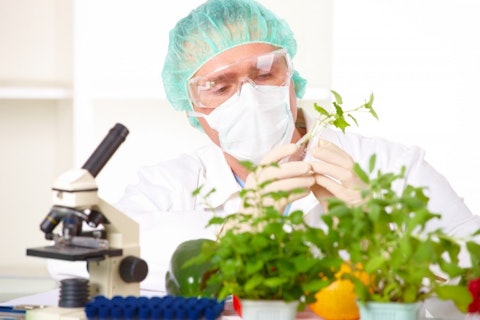
Monika Wisniewska/Shutterstock.com
GMO have a similar fate. It is easy pulling the “we shouldn’t play God” argument as an ultimate reason why we shouldn’t dabble in gene modification. The only problem with that argument is that we, as a species, have been playing God and dabbling with genes ever since our ancestors started domesticating animals and planting the first crops. Humans were always choosing the largest dogs and plants with biggest yields for procreation and by doing so, altered the gene pools of domesticated animals and plants, just like we are doing it today. The only thing that has changed are the methods we are using. If you are interested in exact types of food that is genetically modified, more info can be found in our list of Examples of Genetically Modified Foods with Full Explanations.
That being said, a widespread use of genetically modified organisms does have certain risks and they shouldn’t be ignored or dismissed out of hand. But those risks, as well as other pros and contras of genetically modified organisms, must be scientifically evaluated and this article is our humble contribution to that debate.
In order to list 15 advantages and disadvantages of genetically modified organisms, we used only the items that are scientifically proven. In order to do so, we used Food and Agriculture Organization of the United Nations as our source. We tried to focus on the GMO effects on both humans and the environment that we deemed were the most significant. Read our list and then decide for yourself whether you support or not the use of genetically modified organisms. Now, let’s check out our list of advantages and disadvantages of genetically modified organisms.
15. Reduced biodiversity
One of the main concerns when it comes to genetically modified organisms is biodiversity. As we plant more and more genetically modified plants, we abandon traditional ones. Not only is that bad for the environment, but for humans as well. As we grow more dependent on just a few plants for our diet, we expose ourselves to the risk of a new disease that could wipe them out. And if you think this is farfetched, think again. It has already happened in our history. Perhaps the most known example happened in Ireland in the 19th century. A large majority of the population was depending on the potato for their nutrition and when sudden blight wiped out the harvest, creating one of the worst famines in modern history.

Jay Ondreicka/Shutterstock.com
14. Restricted access to plant material
This is one of the Monsanto’s business practices that draws the most flack and it is easy to see why. By patenting all their seeding materials, they severely limit farmers’ access to it. In fact, they go so far as to sue the farmers who saved harvested seeds to plant them, instead of buying new seeding material from the company. Monsanto claims that it is an infringement of their patent rights. While some form of patent protection is necessary to ensure investment in future research, it is very hard to agree with such drastic measures, especially when studies reveal that three companies own some 53% of global commercial seed market – DuPont, Syngenta, and of course, Monsanto.

Gino Santa Maria/Shutterstock.com
13. Sterile seeds
In an effort to prevent farmers from doing the above, agrochemical companies are developing something called Technology Protection System or more colloquially known as the Terminator technology. In reality, it is just a fancy name for seeds that are genetically altered to produce infertile offspring, meaning that harvested seeds can’t be used for planting. Wondering what else we have on our list of advantages and disadvantages of genetically modified organisms?

Sunny Forest/Shutterstock.com
12. Impact on non-target organisms
The effect of GMO on non-target organisms is something that isn’t studied sufficiently. For instance, how does pollen from GMO plants affects bees and is honey made from such plants a GMO product?

lzf/Shutterstock.com
11. Potential gene mutation
We are continuing our list of advantages and disadvantages of genetically modified organisms and at the 11th spot we have Mutating genes that are evolution foundation. If we insert new genes into an existing organism, do we increase chances for further mutations? If so, we need to act with great caution, because mutations are unpredictable and the end result may well be opposite from what was intended.

goodluz/Shutterstock.com
10. Gene transfer
The horizontal transfer of genes is a known phenomenon and there are plenty of cases where the genes of genetically modified organisms have jumped onto non-GMO plants in the wild. For instance, cross-pollination has caused GMO canola to spread far from its fields in North Dakota and the exact impact of that has yet to be fully understood. Similarly, in an effort to create GM soybean, scientists used a protein from a Brazilian nut, which caused an allergic reaction. Fortunately, the effect was discovered before the new strain was released to the market.
Now, let’s take a look at pros on our list of advantages and disadvantages of genetically modified organisms.
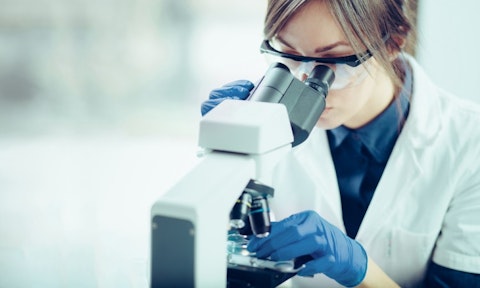
Likoper/Shutterstock.com
9. More food from less land
Increased yields will allow us to use less land for agriculture, which in turn will spare vast swaths of forests and marginal lands. More forests mean increased benefits for the environment and it may very well offset some of the risks for biodiversity we mentioned earlier.

LOVE_CHOTE/Shutterstock.com
8. Longer shelf lives
Genetically modified organisms are usually designed to have a longer shelf live. Translated to economic terms, it means less wastage and better delivery to regions that can’t grow enough food to sustain the population and thus reduce or even eliminate famine worldwide.
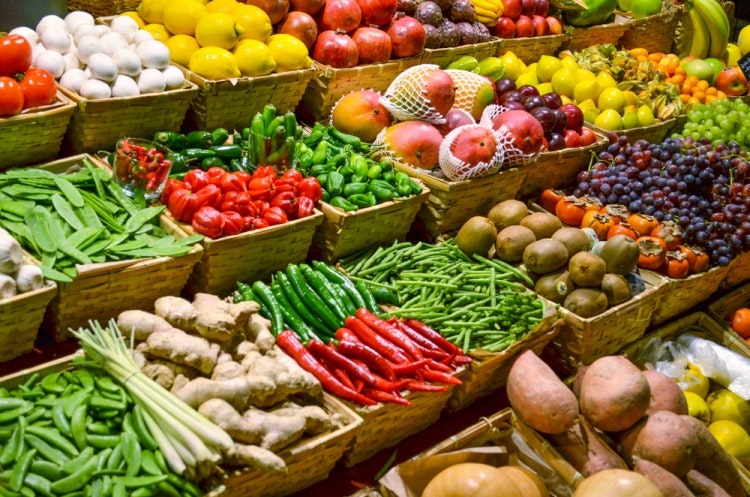
Aleksandar Mijatovic/Shutterstock.com
7. Identification of allergenic genes
The Brazilian nut incident had a silver lining because it helped identify the protein responsible for allergic reaction in humans. This could help us identify other allergens, so we could avoid or eliminate them from our diet.

Copyright: djoronimo / 123RF Stock Photo
6. Bioremediation
Many parts of Earth have been reduced to wastelands due to human intervention. These lands can be restored by proper use of genetically modified organisms designed to enrich the soil and help it regain its structure and prevent various forms of erosion.

Matthew J Thomas/Shutterstock.com
5. Resistance to diseases and pest
The use of genetically modified organisms that produce Bacillus thuringiensis or Bt as a biological insecticide can significantly reduce the use of far more damaging chemical pesticides, which can both damage the environment and endanger human health. Although Bt isn’t a guaranteed success, as there are several instances of Bt-resistant insects appearing around the world, it does show the potential that GMO has in pest control.
In 2009, the pandemic of late potato blight almost ruined potato and tomato farmers. It is the same fungus that was responsible for the Great Irish Famine in the 19th century. It is estimated that the blight caused some $1.5 billion in damages. Genetically modified organisms that are resistant to this fungus are being developed as we speak and will not only increase plants’ resilience, they will cause a significant reduction in CO2 emissions by reducing the need for fungicide application.

janews/Shutterstock.com
4. Resistance to weather
Extreme heat, drought, and frost are very damaging to plants and, as weather patterns are changing across the globe, will be more and more of a risk to farmers and our food supply. By designing genetically modified organisms that can withstand such adverse conditions not only do we defend against weather, but also allow food to be produced in regions that were previously deemed unfit for agriculture.

Sawat Banyenngam/Shutterstock.com
3. More nutrition
Perhaps the best example of adding missing nutrients to existing crops is Golden Rice. By adding the ability to biosynthesize beta-carotene, it can address the serious lack of vitamin A deficiency in parts of the world that rely on rice as their main food source.

Copyright: rosinka79 / 123RF Stock Photo
2. Pharming
At number two on our list of advantages and disadvantages of genetically modified organisms we have pharming that is a process which enables plants and animals to directly produce pharmaceutical products like vaccines, by altering their DNA structure. This is probably one of the most exciting GMO applications and although it is far from being ready, it can prove to be the most promising one as well.
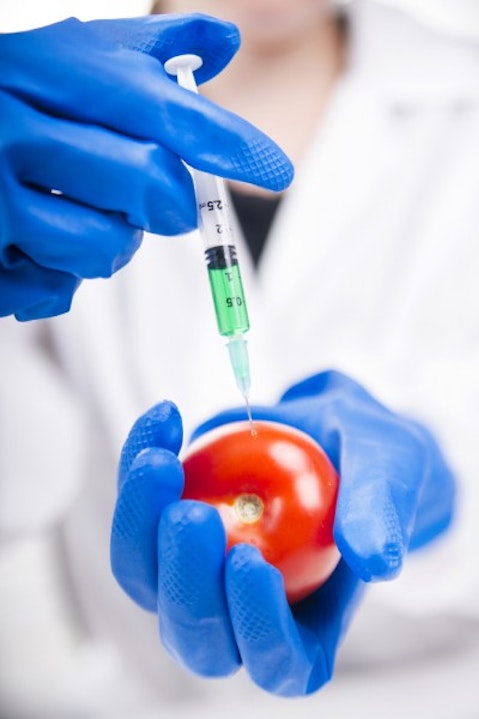
Fotografiche/Shutterstock.com
1. Increased yields
We conclude our list of 15 advantages and disadvantages of genetically modified organisms with the original reason why humans started cultivating and selecting plants for future planting. Increased yields are the main reason we need genetically modified organisms in the first place, because the current state of our agriculture is unsustainable in the long run when projections of population growth are taken into account. The unpleasant truth that opponent of GMO don’t want to hear is that our planet simply can’t sustain an unlimited growth of human population and if we want to avoid serious food shortages and widespread famine, genetically modified organisms are our only option.
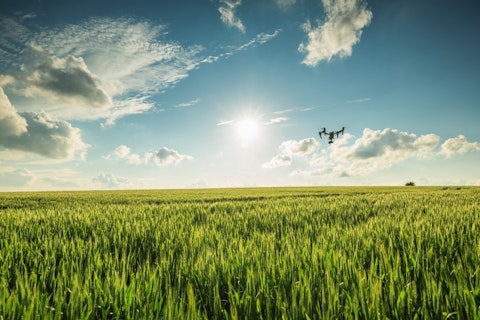
Valentin Valkov/Shutterstock.com





